
Kevin Warwick is an English engineer and Deputy Vice-Chancellor (Research) at Coventry University. He is known for his studies on direct interfaces between computer systems and the human nervous system, and has also done research concerning robotics.
The Royal Radar Establishment was a research centre in Malvern, Worcestershire in the United Kingdom. It was formed in 1953 as the Radar Research Establishment by the merger of the Air Ministry's Telecommunications Research Establishment (TRE) and the British Army's Radar Research and Development Establishment (RRDE). It was given its new name after a visit by Queen Elizabeth II in 1957. Both names were abbreviated to RRE. In 1976 the Signals Research and Development Establishment (SRDE), involved in communications research, joined the RRE to form the Royal Signals and Radar Establishment (RSRE).
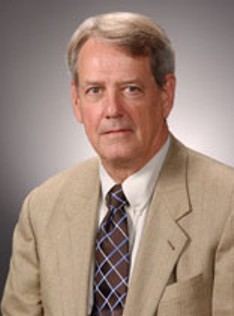
James Sacra Albus was an American engineer, Senior NIST Fellow and founder and former chief of the Intelligent Systems Division of the Manufacturing Engineering Laboratory at the National Institute of Standards and Technology (NIST).
David Neil Payne is a British professor of photonics who is director of the Optoelectronics Research Centre at the University of Southampton. He has made several contributions in areas of optical fibre communications over the last fifty years and his work has affected telecommunications and laser technology. Payne’s work spans diverse areas of photonics, from telecommunications and optical sensors to nanophotonics and optical materials, including the introduction of the first optical fibre drawing tower in a university.
Peter John Lawrenson was an Emeritus Professor of Electrical Engineering at the University of Leeds who pioneered and championed the development of switched reluctance drive technology. He also made significant contributions to the analysis and computation of magnetic fields and electrical machines in general, writing several notable text books along with colleagues Kenneth Binns, Martyn Harris and J. Michael Stephenson and latterly with C.W. ("Bill") Trowbridge.
Derek K. Hitchins is a British systems engineer and was professor in engineering management, in command & control and in systems science at Cranfield University at Cranfield, Bedfordshire, England.
Peter Kyberd is a biomedical engineer specialising in rehabilitation. He is currently head of the School of the Built and Natural Environment at University of Derby. He serves on the editorial board of the Journal of Prosthetics and Orthotics, and the executive board of the national members society of the International Society of Prosthetics and Orthotics (ISPO). His main research activity has been the practical application of technology to rehabilitation and engineering in Orthopaedics. He has chaired both international upper limb research conferences; MEC and TIPS.
Robert S. H. Istepanian is a visiting professor at the Faculty of Medicine, Institute of Global Health Innovation, Imperial College, London. Istepanian is widely recognized as the first scientist to coin the phrase m-Health. In 2012, Istepanian coined the new term 4G Health which is defined as "The evolution of m-health towards targeted personalized medical systems with adaptable functionalities and compatibility with the future 4G networks."
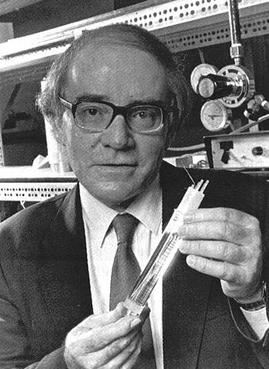
Martin Fleischmann FRS was a British chemist who worked in electrochemistry. The premature announcement of his cold fusion research with Stanley Pons, regarding excess heat in heavy water, caused a media sensation and elicited skepticism and criticism from many in the scientific community.
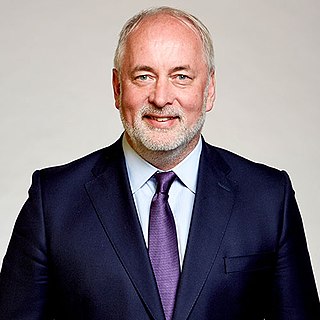
Nicholas Robert Jennings is a British computer scientist who was appointed Vice-Chancellor and President of Loughborough University in 2021. He was previously the Vice-Provost for Research and Enterprise at Imperial College London, the UK's first Regius Professor of Computer Science, and the inaugural Chief Scientific Adviser to the UK Government on National Security. His research covers the areas of AI, autonomous systems, agent-based computing and cybersecurity.

Sir John Michael Brady is an emeritus professor of oncological imaging at the University of Oxford. He has been a Fellow of Keble College, Oxford, since 1985 and was elected a foreign associate member of the French Academy of Sciences in 2015. He was formerly BP Professor of Information Engineering at Oxford from 1985 to 2010 and a senior research scientist in the MIT Computer Science and Artificial Intelligence Laboratory (CSAIL) in Cambridge, Massachusetts, from 1980 to 1985.

Panos Antsaklis is the H. Clifford and Evelyn A. Brosey Professor of Electrical Engineering at the University of Notre Dame and also Concurrent Professor in the Departments of Computer Science and Engineering and of Applied and Computational Mathematics and Statistics. He is a graduate of the National Technical University of Athens, Greece, and holds MS and PhD (1977) degrees from Brown University.
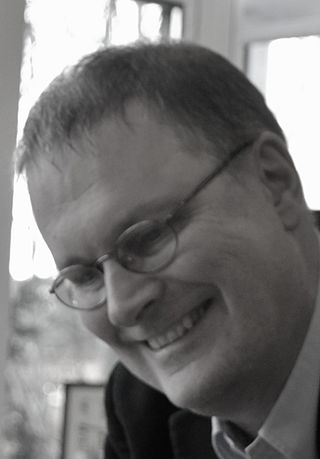
Michael John Wooldridge is a professor of computer science at the University of Oxford. His main research interests is in multi-agent systems, and in particular, in the computational theory aspects of rational action in systems composed of multiple self-interested agents. His work is characterised by the use of techniques from computational logic, game theory, and social choice theory.
Proceedings of the Institution of Electrical Engineers was a series journals which published the proceedings of the Institution of Electrical Engineers. It was originally established as the Journal of the Society of Telegraph Engineers in 1872, and was known under several titles over the years, such as Journal of the Institution of Electrical Engineers, Proceedings of the IEE and IEE Proceedings.
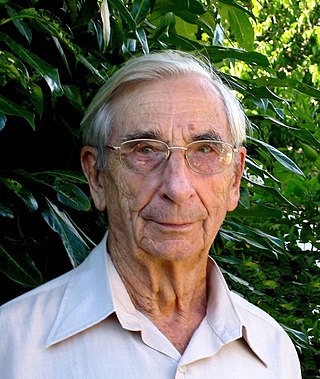
Ronald Hugh Barker FIEE was an Irish physicist and pioneer in his field of digital technology. Inventor of Barker code a method for synchronising digital communication to avoid corruption of the data received.
Mark S. Nixon is an author, researcher, editor and an academic. He is the former president of IEEE Biometrics Council, and former vice-Chair of IEEE PSPB. He retired from his position as Professor of Electronics and Computer Science at University of Southampton in 2019.
G. B. B. "Barrie" Chaplin was a British engineer and inventor, and professor emeritus at the University of Essex where he established the Department of Electrical Engineering Science in 1966. He was selected by the IET as one of its 95 inspiring engineers and technologists of the past, present, and future and he was included in an exhibition at Savoy Place.
David John Noel Limebeer is an electrical engineer and academic. He is an Emeritus Professor of Control Engineering at the University of Oxford and a Distinguished Professor at the University of the Witwatersrand. He is also an Emeritus Professorial Fellow at New College, Oxford.

Fakhreddine (Fakhri) Karray is a Tunisian-Canadian artificial intelligence scientist, electrical and computer engineer, author, and academic. He served as the Loblaws Research Chair of Artificial Intelligence at the University of Waterloo's (UWaterloo) Department of Electrical and Computer Engineering, and as the inaugural co-director of the Waterloo AI Institute at UWaterloo. Having previously served as the provost of Mohamed bin Zayed University of Artificial Intelligence (MBZUAI), he serves as a professor of machine learning at the university and as an emeritus professor at the University of Waterloo's Department of Electrical and Computer Engineering.








